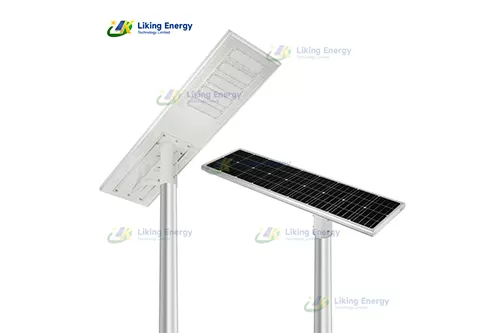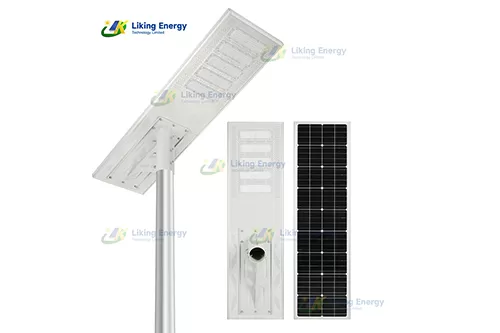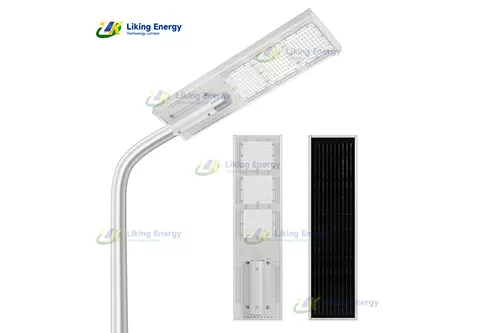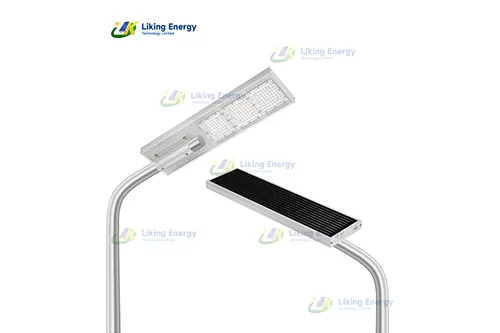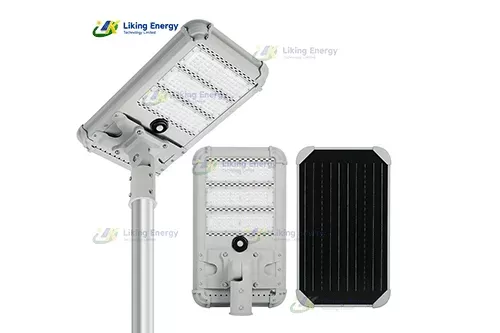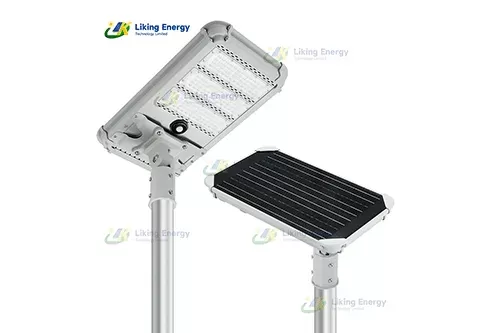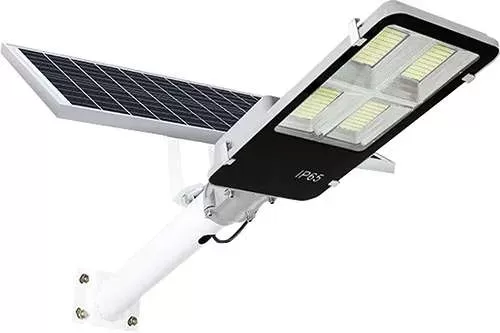Are Solar Street Lights the Future of Sustainable Urban Lighting?
Solar street lights have become increasingly popular, notably in the recent decade. They are now commonly considered the most environmentally friendly alternative to utility grid lights. This article explores the feasibility, benefits, and drawbacks of solar street lighting, addressing common questions and providing insights into their long-term value.
Can Street Lights Be Solar Powered?
Yes, street lights can be solar powered. Solar street lights, also known as solar energy street lights, utilize solar panels to convert sunlight into electrical energy. This energy is stored in rechargeable batteries and used to power the street lights at night. Solar street lighting systems are particularly advantageous in remote or off-grid areas where extending the utility grid would be costly and impractical. They offer a sustainable and eco-friendly solution, reducing the carbon footprint and reliance on fossil fuels.
Do Solar Panels Work Under Street Lights?
The short answer is yes, artificial light can power a solar panel, although not as efficiently as natural sunlight. Solar panels are designed to capture light energy and convert it into electrical energy. While they perform best under direct sunlight, they can still generate some power from artificial light sources, such as street lights. However, the energy generated from artificial light is significantly less, making it an impractical primary source for charging solar street lights.
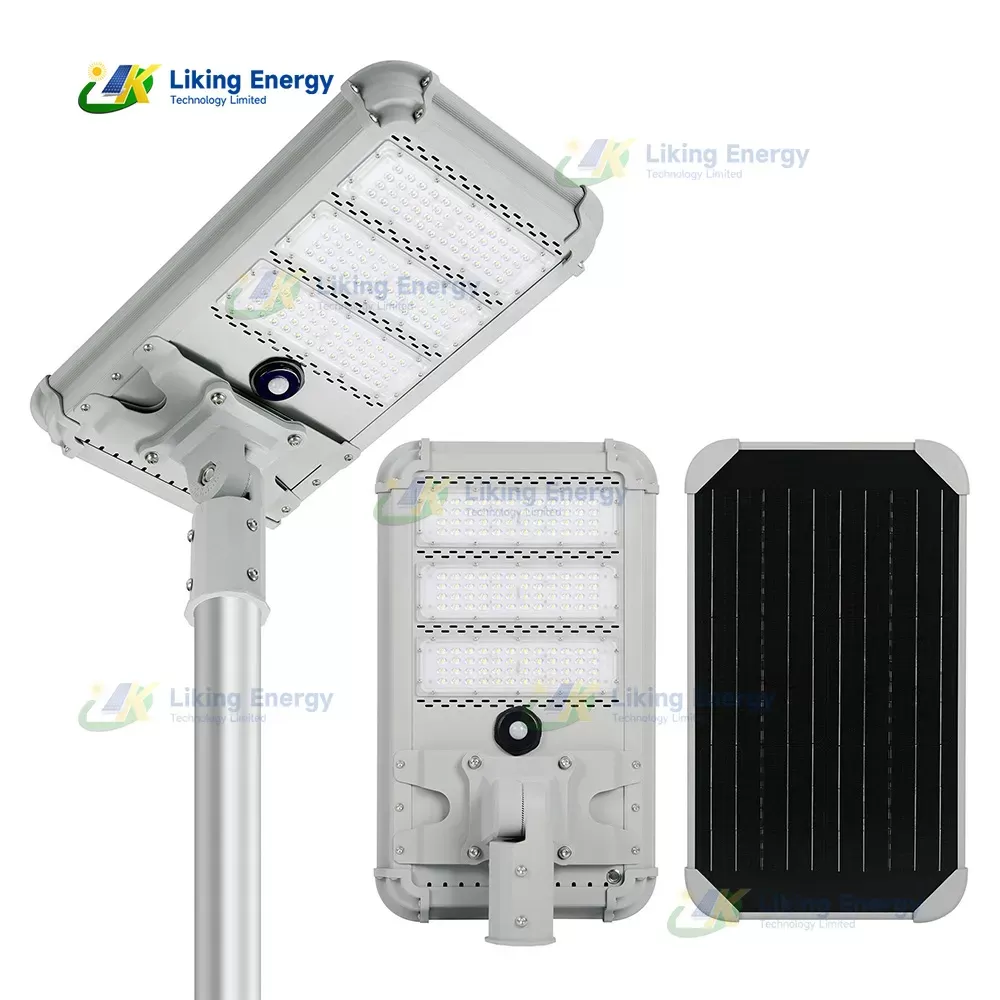
Are Solar Street Lights Worth It?
Solar street lights are incredibly cost-effective and environmentally friendly alternatives to traditional street lighting. The initial investment in solar street lighting can be higher than conventional systems, but the long-term savings on electricity bills and maintenance costs make them a worthwhile investment. Solar light street lights are powered by renewable energy, which is free and abundant. Additionally, they require minimal maintenance and have lower operational costs, making them a financially sound choice in the long run.
Do Solar Street Lights Work at Night?
Yes, solar street lights are designed to work at night. During the day, solar panels installed on the pole or the lighting structure capture sunlight and convert it into electrical energy, which is stored in rechargeable batteries. At night, these batteries power the street lights, providing illumination without the need for grid electricity. Advanced solar streetlight systems come with built-in sensors that automatically turn the lights on at dusk and off at dawn, ensuring efficient energy use.
How Many Years Does a Solar Street Light Last?
The lifespan of a solar street light can vary depending on various factors, including the quality of components, maintenance practices, and environmental conditions. On average, a well-designed and properly maintained solar street light can have a lifespan of 10 to 20 years. The solar panels themselves can last up to 25 years, while the batteries typically need replacement every 5 to 7 years. Regular maintenance and timely replacement of components can extend the overall lifespan of the solar street lighting system.
What is the Disadvantage of Solar Street Light?
While solar street lights offer numerous benefits, they also have some disadvantages:
Weather Dependent: The efficiency of solar street lights can be affected by weather conditions, particularly in areas with limited sunlight. Cloudy or rainy days can reduce the amount of energy generated, impacting the performance of the lights.
Energy Storage: The performance of solar street lights relies on battery capacity and longevity. Batteries can degrade over time, reducing their ability to store and supply energy. Regular maintenance and timely replacement of batteries are essential to ensure consistent performance.
Initial Cost: The upfront cost of solar street lighting systems can be higher than traditional street lights. However, the long-term savings on electricity bills and maintenance costs can offset the initial investment.
Installation and Space Requirements: Solar panels require adequate space for installation, which can be a limitation in densely populated urban areas. Additionally, the installation process can be more complex compared to conventional street lights.
Conclusion
Solar street lights represent a significant advancement in sustainable urban and rural infrastructure. They offer a cost-effective, eco-friendly, and low-maintenance alternative to traditional street lighting systems. While there are some disadvantages, such as weather dependency and initial costs, the long-term benefits far outweigh these challenges. With advancements in solar technology and continuous improvements in energy storage solutions, solar street lighting is poised to become an even more viable and attractive option for municipalities and communities worldwide.
If you’re considering transitioning to solar-powered street lighting, it’s essential to consult with solar experts who can provide a tailored solution based on your specific needs and conditions. By investing in solar street lights, you contribute to a greener future and enjoy the financial and environmental benefits of renewable energy.













